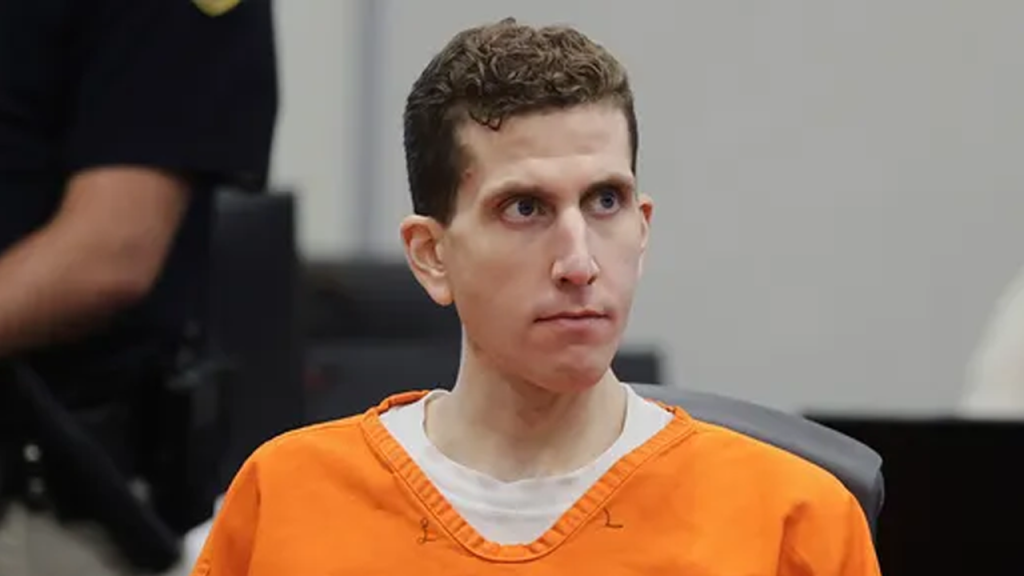Bryan Kohberger: Inside the Mind of a Killer
Bryan Kohberger, the criminology Ph.D. student who shocked the nation with his brutal quadruple murder, harbored a dark fascination with the very concept of psychopathy—a term his own defense team fought to prevent prosecutors from using to describe him. Digital forensics experts who analyzed his electronic devices found that “psychopath” was a frequently searched term, along with related phrases like “psychopaths paranoid.” This chilling revelation provides a glimpse into the disturbed mind of a man who meticulously planned his crimes while simultaneously studying criminal behavior academically. The juxtaposition is as ironic as it is disturbing: a criminology student who crossed the line from studying predators to becoming one. His defense team’s attempts to block terms like “murderer,” “psychopath,” and even references to his “bushy eyebrows” in court proceedings reflect an awareness of how damaging such characterizations would be to their client’s image before a jury.
The digital breadcrumbs left behind by Kohberger paint a portrait of a man increasingly consumed by dark thoughts and paranoia. Forensic experts discovered that he spent Christmas night—a time typically associated with family and warmth—deeply immersed in reading about serial killers. His searches for topics related to wiretapping suggest a growing paranoia that investigators noted became more pronounced over time. “He became paranoid,” observed Heather Barnhart, senior director of forensic research at Cellebrite. When confronted with evidence of these searches, Kohberger’s potential defense might have been that these inquiries were simply part of his academic research—a claim that seems increasingly hollow in light of his eventual guilty plea. The contrast between his academic pursuits and his personal obsessions blurred as his digital footprint revealed a mind fixated on violence and criminal psychology not just as a subject of study, but as a personal preoccupation.
Perhaps most telling about Kohberger’s calculated nature was his deliberate attempt to erase crucial digital evidence that might have revealed his motives. According to Jared Barnhart of Cellebrite, Kohberger successfully wiped significant information from his devices, including his Google Chrome browser history covering the critical period from October 12 through November 16—a timeframe that encompasses the November 13 murders. This calculated deletion of data speaks to both premeditation and an awareness of digital forensics that one might expect from someone studying criminology. “I think that’s the most important point to me, is he cleaned up what was probably the story all the victims’ families need to hear,” Barnhart explained to Fox News Digital. “The why, the how. Why my kid? All of that is gone.” This deliberate erasure of his digital trail demonstrates not just technical knowledge, but a cruel indifference to the closure that families of victims so desperately seek.
The case took a dramatic turn when Kohberger ultimately pleaded guilty to four counts of first-degree murder, a decision that came after his legal team failed to convince the judge to dismiss key evidence or remove the death penalty as a possible sentence. This plea spared the families a lengthy trial but also left many questions permanently unanswered. The legal maneuvering by his defense team prior to the guilty plea offers insight into their strategy had the case proceeded to trial. Their objection to terms like “murder” and “psychopath” reveals an attempt to humanize Kohberger and separate him from his actions—a common defense tactic that became moot with his admission of guilt. His attorney Anne Taylor had argued that such language would be “unfairly prejudicial” and amount to “name calling,” claims that ring hollow given the gravity of his confessed crimes and his own apparent self-identification with such terminology.
The forensic analysis of Kohberger’s electronic devices revealed a disturbing timeline of his activities and thought processes. Beyond his searches about psychopathy, experts found evidence that he returned to the murder scene the day after the killings and called his mother during this return visit—a chilling detail that suggests either a need to revisit his crimes or perhaps an attempt to establish an alibi through normal-seeming behavior. This methodical approach aligns with descriptions from experts who have compared his behavior to fictional character Patrick Bateman from “American Psycho”—someone who can commit horrific acts while maintaining a façade of normalcy. The combination of his academic background, his apparent fascination with psychopathic behavior, and his calculated attempts to cover his tracks paints a picture of someone who understood the psychology of killers all too well, perhaps because he recognized those same tendencies within himself.
The Kohberger case leaves behind a legacy of unanswered questions and profound grief. Despite exhaustive efforts by investigators to recover the deleted data, the full story—particularly the motive behind targeting these specific victims—remains elusive. “We tried like crazy to find something, you know, to tell these families, and it just isn’t there,” Jared Barnhart admitted. This absence of explanation compounds the tragedy for the families of Madison Mogen, Kaylee Goncalves, Xana Kernodle, and Ethan Chapin, who must now live not only with the loss of their loved ones but also without understanding why they were chosen as victims. The case serves as a sobering reminder of how modern technology can both aid in solving crimes and, in the hands of someone knowledgeable like Kohberger, help conceal crucial evidence. As he faces sentencing for his admitted crimes, the public is left to wonder about the mind of a man who studied the very behaviors he would come to embody—a criminology student who became the subject of the kind of case study he might once have analyzed in an academic setting.










